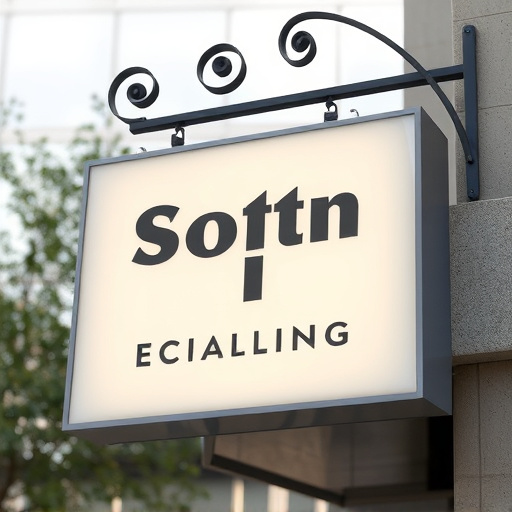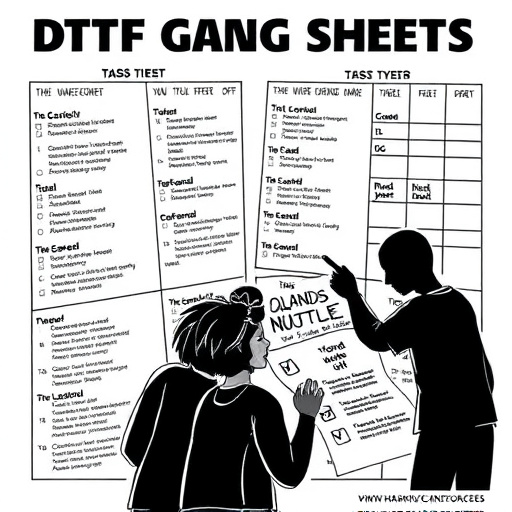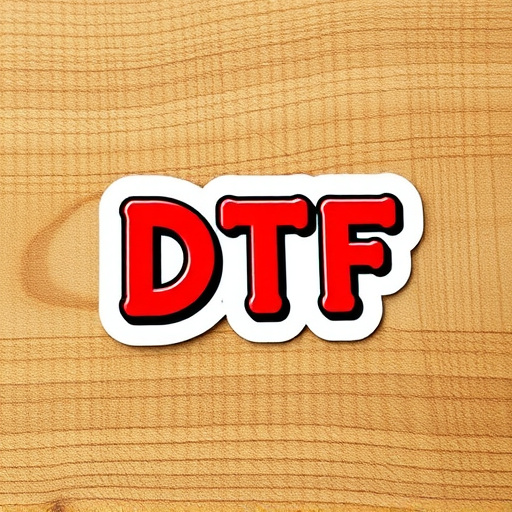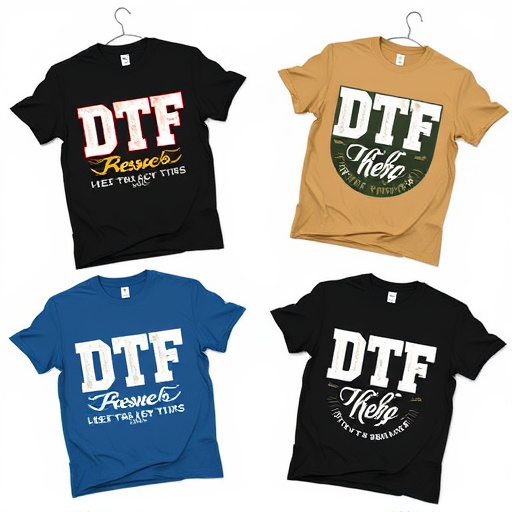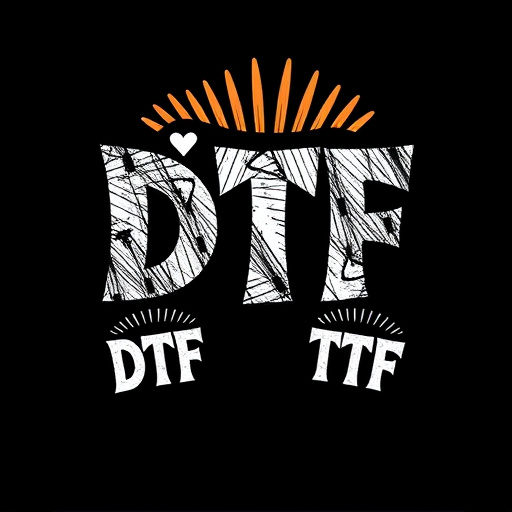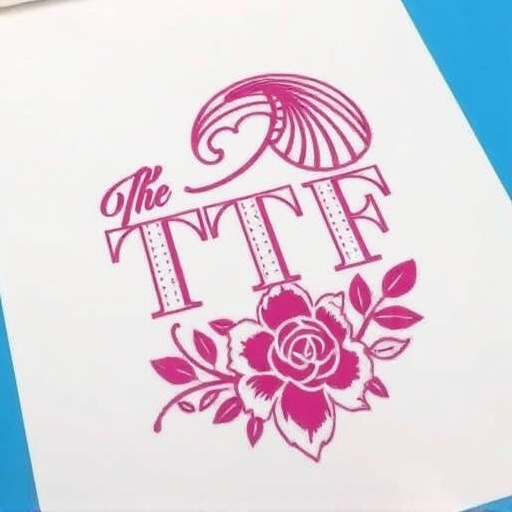DTF Film Sheets are transforming textile printing with precise, eco-friendly heat press technology, enabling intricate designs on garments while reducing waste compared to traditional methods. Their applications expand beyond apparel to signage and decoration, aligning with consumer demand for sustainability. This green alternative minimizes environmental impact, replaces harmful chemicals, and encourages businesses to adopt sustainable practices without compromising quality.
Sustainability is reshaping industries, and the digital printing world is no exception. This shift towards eco-friendliness has sparked a focus on sustainable alternatives for DTF (Direct to Film) film sheets—a critical component in the printing process. As manufacturers embrace green practices, this article explores how these efforts are driving the adoption of environmentally conscious DTF film sheets. We’ll delve into the traditional impact of such films and highlight innovative, sustainable solutions that offer both ecological and economic benefits.
- Understanding DTF Film Sheets and Their Impact
- The Rise of Sustainable Manufacturing Practices
- Eco-Friendly Alternatives and Their Benefits
Understanding DTF Film Sheets and Their Impact
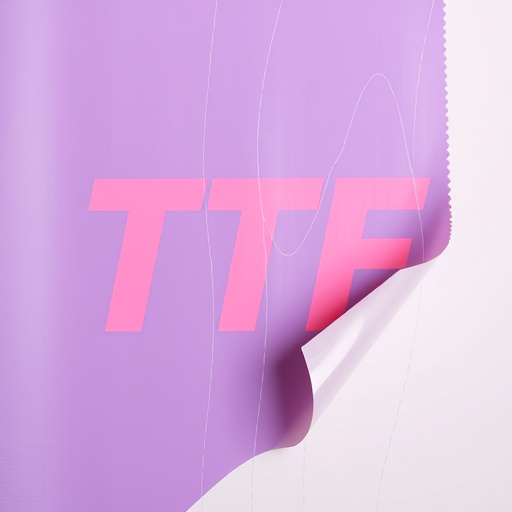
DTF Film Sheets have emerged as a game-changer in the textile industry, particularly when it comes to sustainable practices. These sheets are designed for heat press machines, enabling the transfer of intricate designs onto garments with precision and efficiency. The process involves applying pressure and heat to fuse the design from the film sheet onto the fabric, creating a durable finish. This technique is not only popular in the apparel sector but also finds application in various other industries like signage and decoration.
The impact of DTF Film Sheets extends beyond their practical use. By utilizing these sheets, businesses can significantly reduce waste generated during traditional printing methods. Unlike harmful chemicals and inks used in older processes, DTF uses water-based adhesives, making it an eco-friendly alternative. This shift towards sustainable practices not only minimizes environmental impact but also caters to the growing demand for green initiatives among consumers, ensuring a brighter future for both businesses and our planet.
The Rise of Sustainable Manufacturing Practices

The manufacturing industry is undergoing a significant transformation as sustainability becomes a paramount concern. This shift is particularly evident in the realm of DTF (Direct to Fabric) film sheets, which have gained prominence due to their eco-friendly nature and versatility. Traditional printing methods often involve harmful chemicals and energy-intensive processes, but sustainable practices are now driving innovation in DTF technology. Manufacturers are adopting greener alternatives, ensuring minimal environmental impact without compromising quality.
This new era of sustainable manufacturing focuses on reducing waste, using recyclable materials, and implementing efficient production techniques. For instance, custom DTF transfers and heat-pressing designs onto garments can be accomplished with specialized films that offer excellent print clarity and durability while minimizing the ecological footprint. As a result, businesses and artisans alike are embracing these eco-conscious practices, contributing to a more sustainable future without sacrificing creativity or product quality.
Eco-Friendly Alternatives and Their Benefits

The fashion industry’s shift towards sustainability has led to the exploration of eco-friendly alternatives for traditional printing methods. Among the innovations, DTF (Direct to Film) film sheets have emerged as a game-changer, offering a more environmentally conscious solution for DTF for t-shirts and other textile applications. These sheets are designed to be used with heat press machines, enabling precise and efficient transfers of designs onto various materials.
One of the key benefits of this technology is its reduced environmental impact. Unlike traditional printing methods that often rely on toxic chemicals and wasteful practices, DTF prints utilize digital imaging to create reusable film sheets. This process minimizes the use of harmful substances and significantly cuts down on waste generation. Additionally, the direct application method ensures optimal material utilization, further reducing the carbon footprint associated with DTF prints.
DTF film sheets are undergoing a significant transformation, driven by sustainability efforts that prioritize eco-friendly practices. As the world shifts towards more responsible manufacturing, the adoption of green alternatives for DTF film sheets offers numerous environmental benefits. By embracing sustainable materials and production methods, manufacturers can reduce their ecological footprint while meeting the growing demand for high-quality, eco-conscious products. This shift not only benefits the planet but also showcases a commitment to a greener future for the industry.


